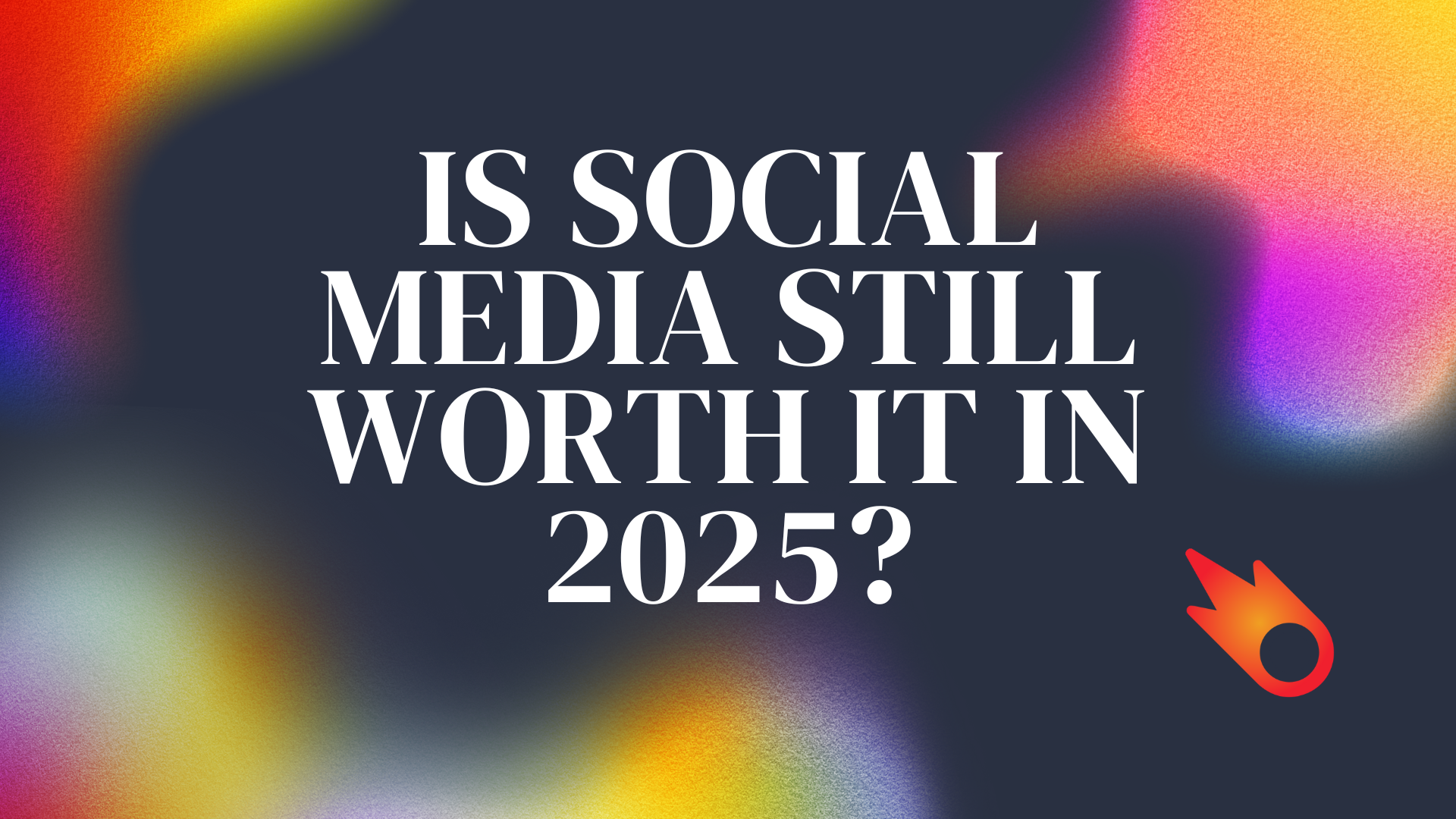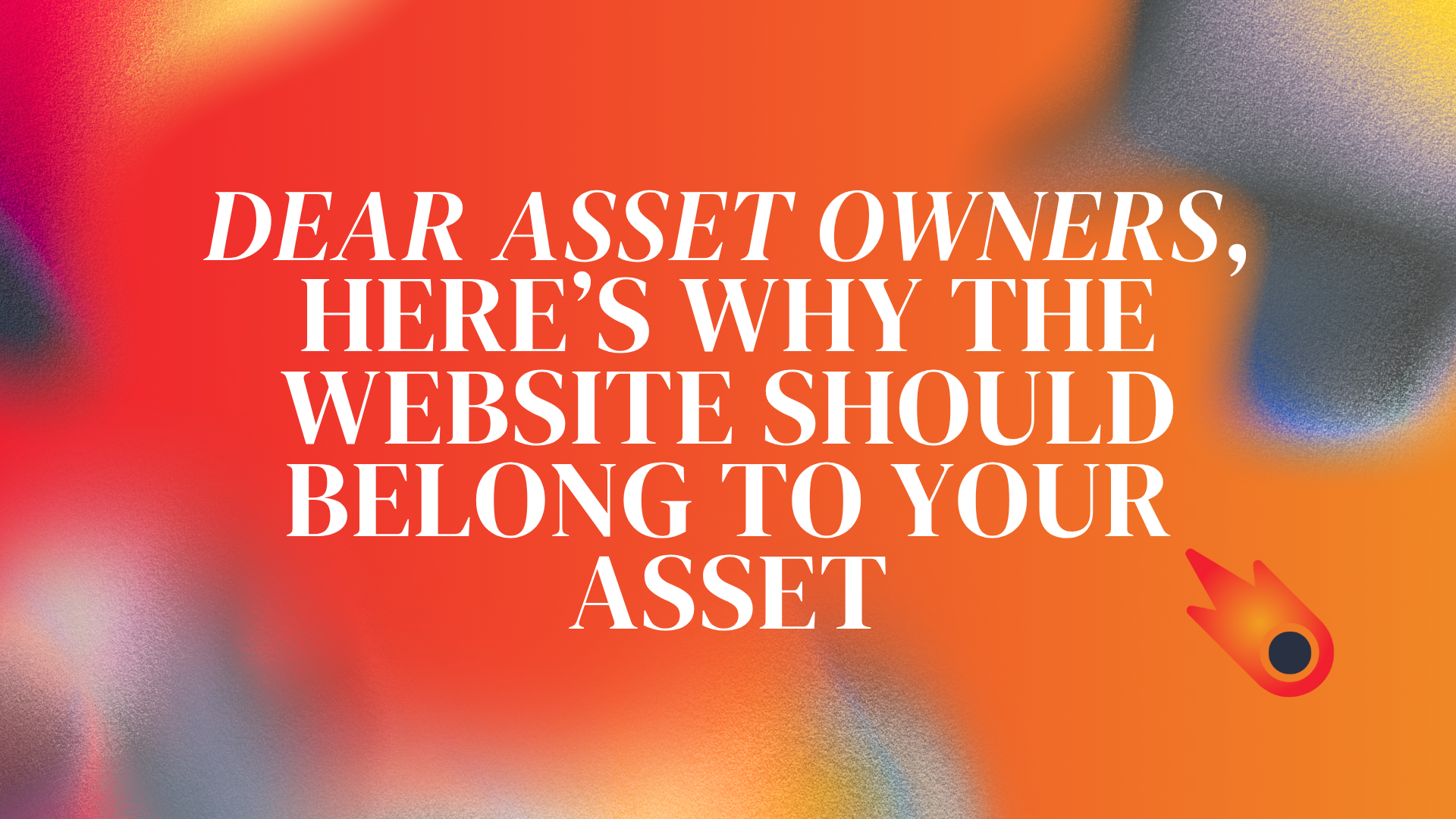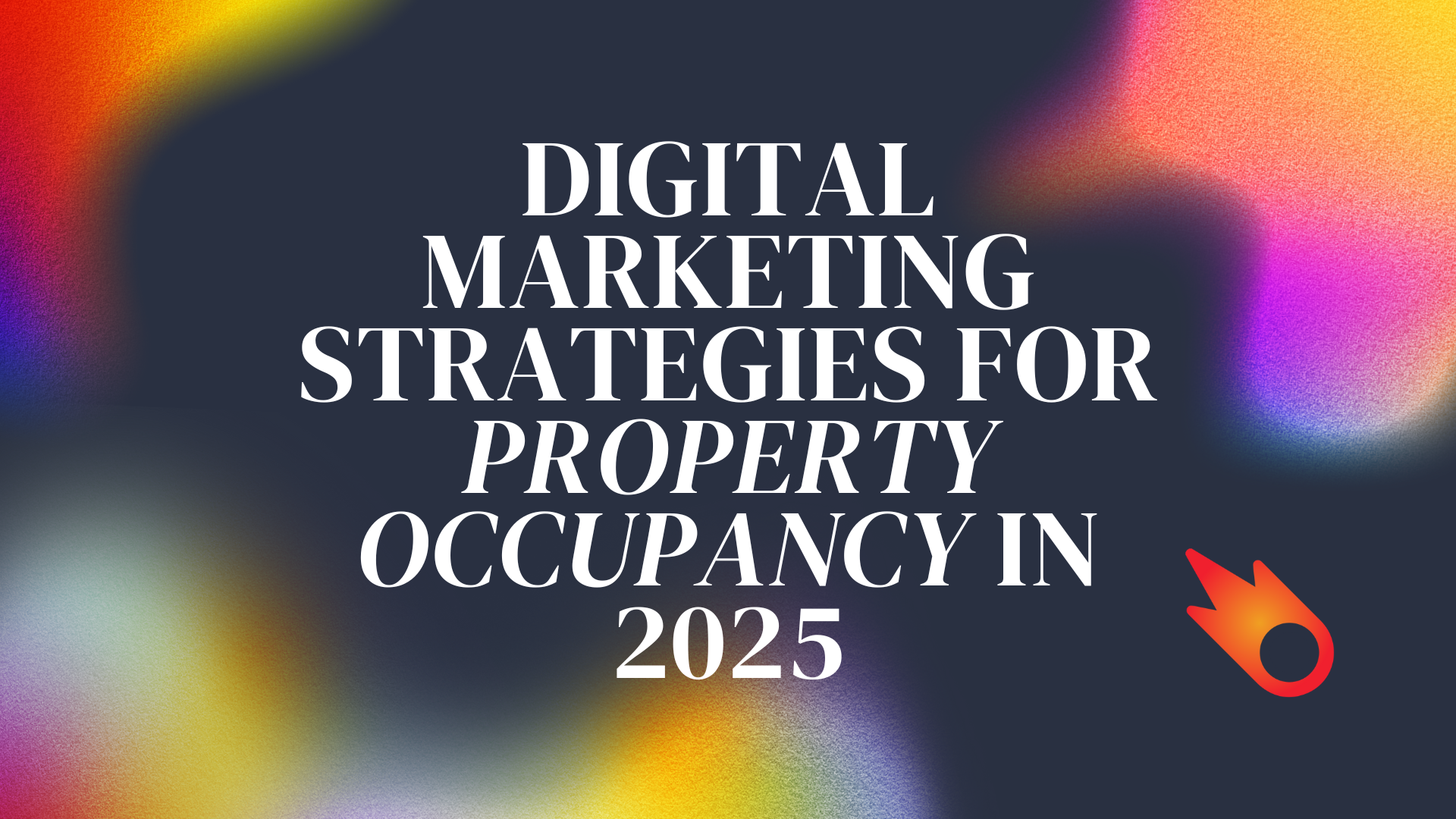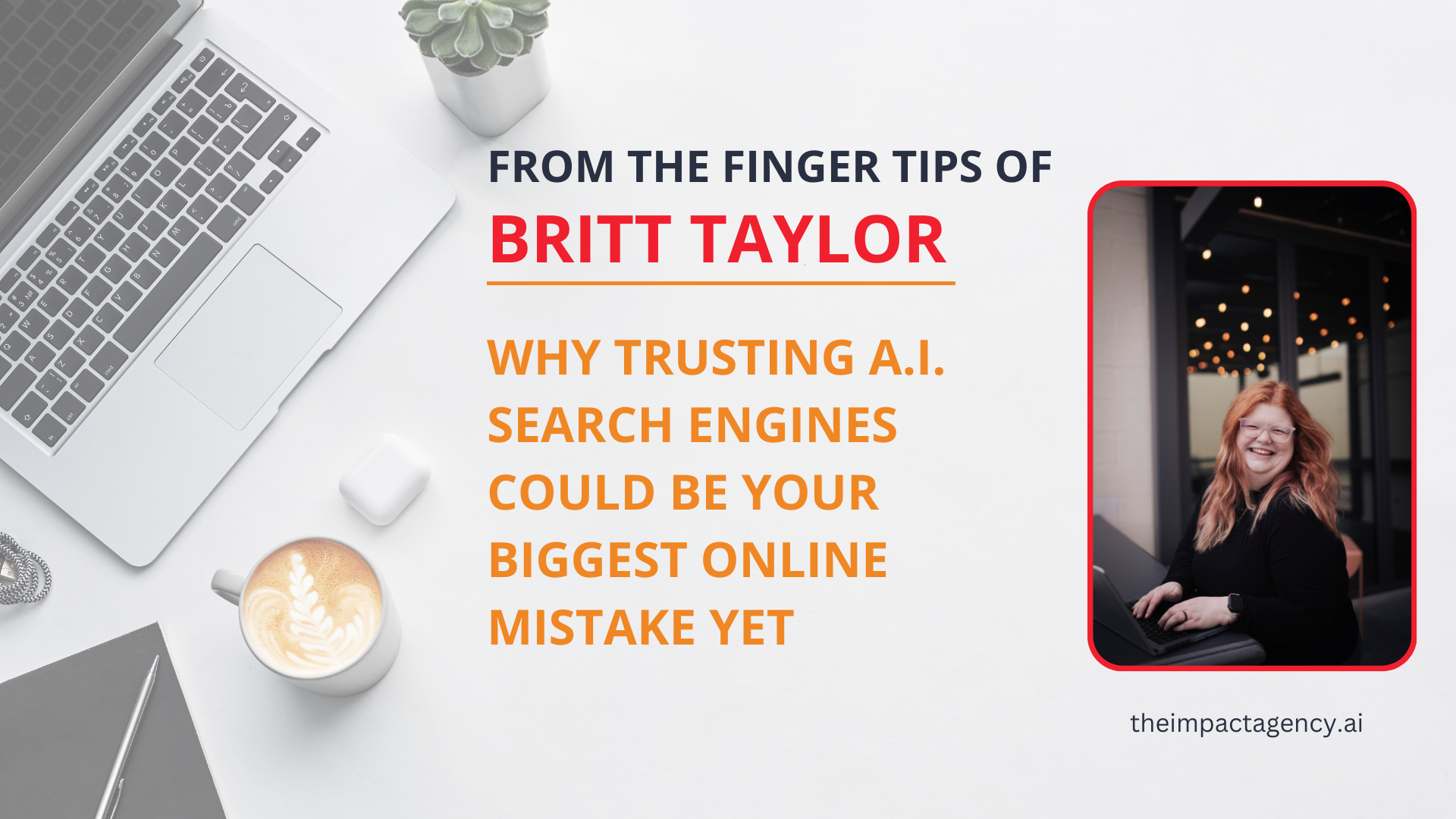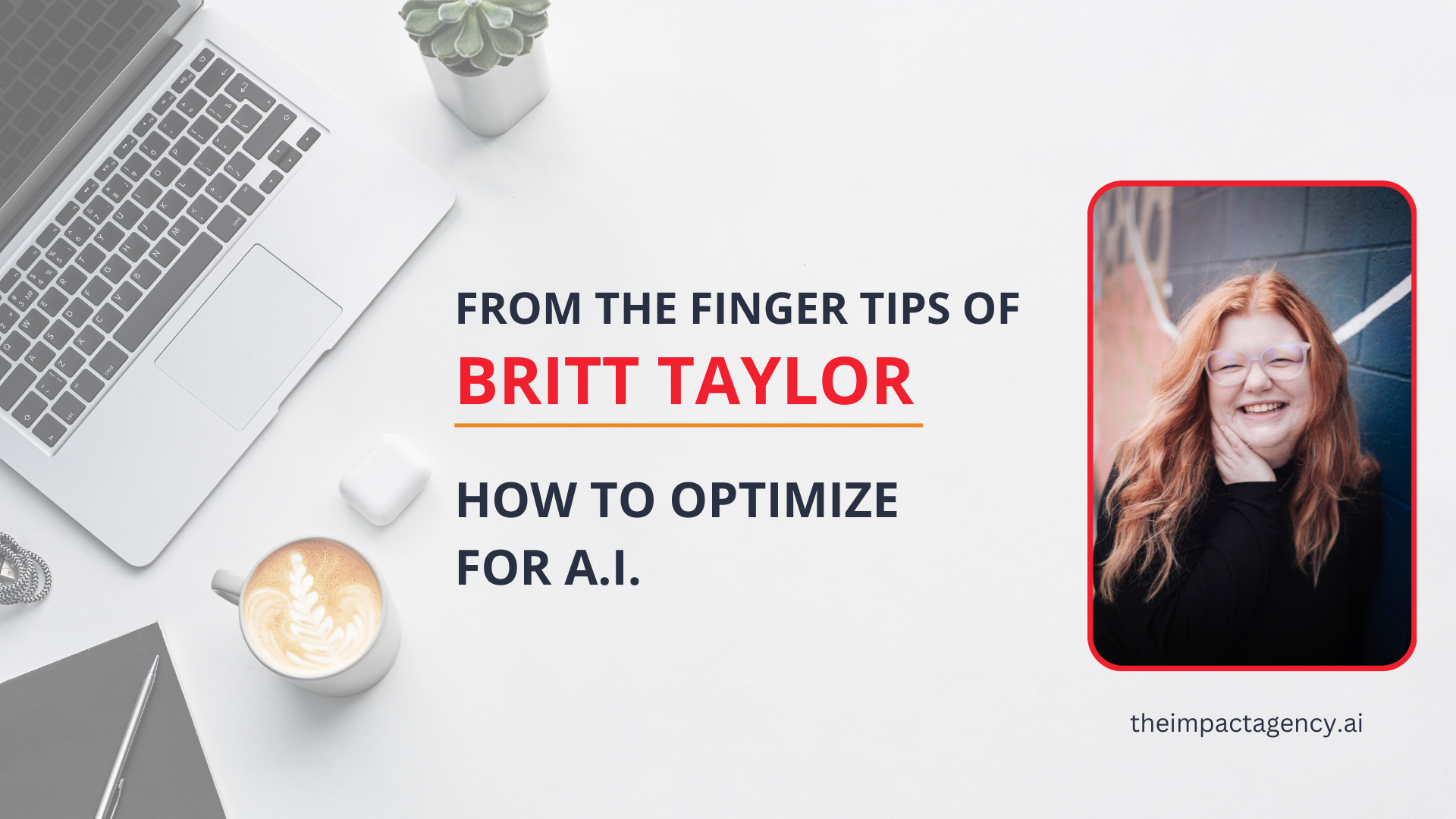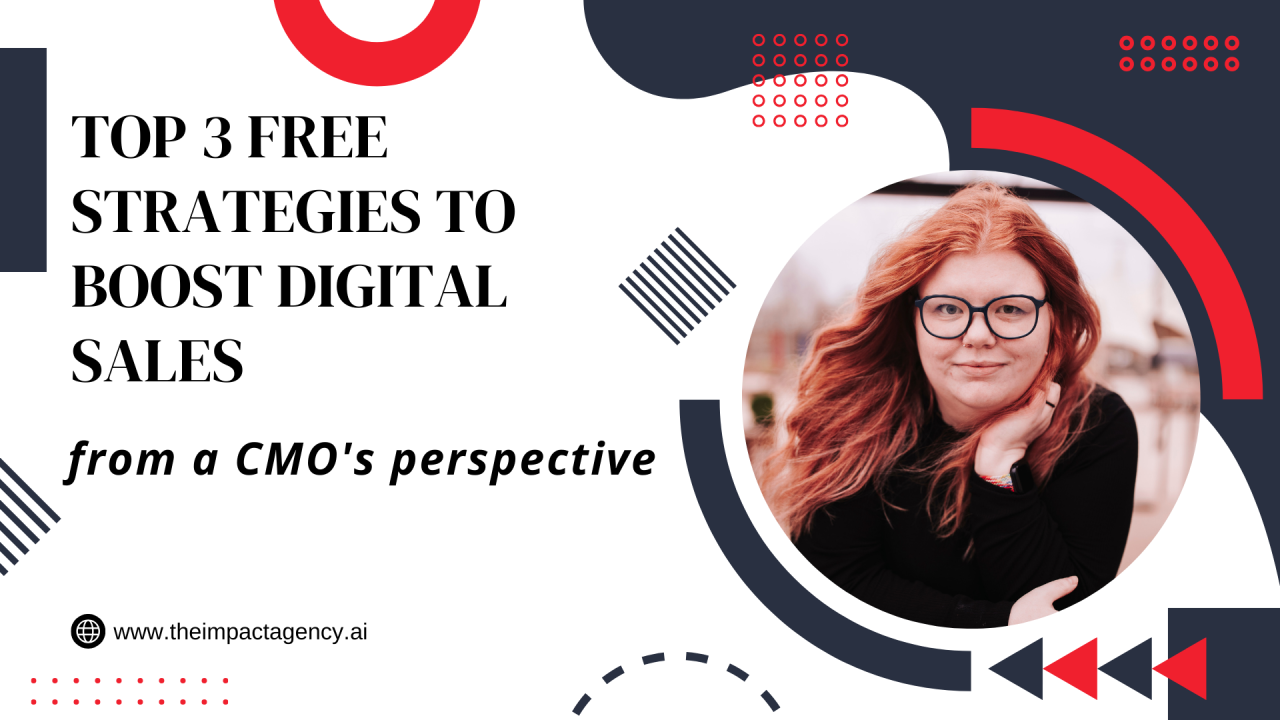Marketing ROI: Why Smart Business Owners Treat Marketing as an Investment, Not an Expense
Stop Calling It Marketing "Spend"
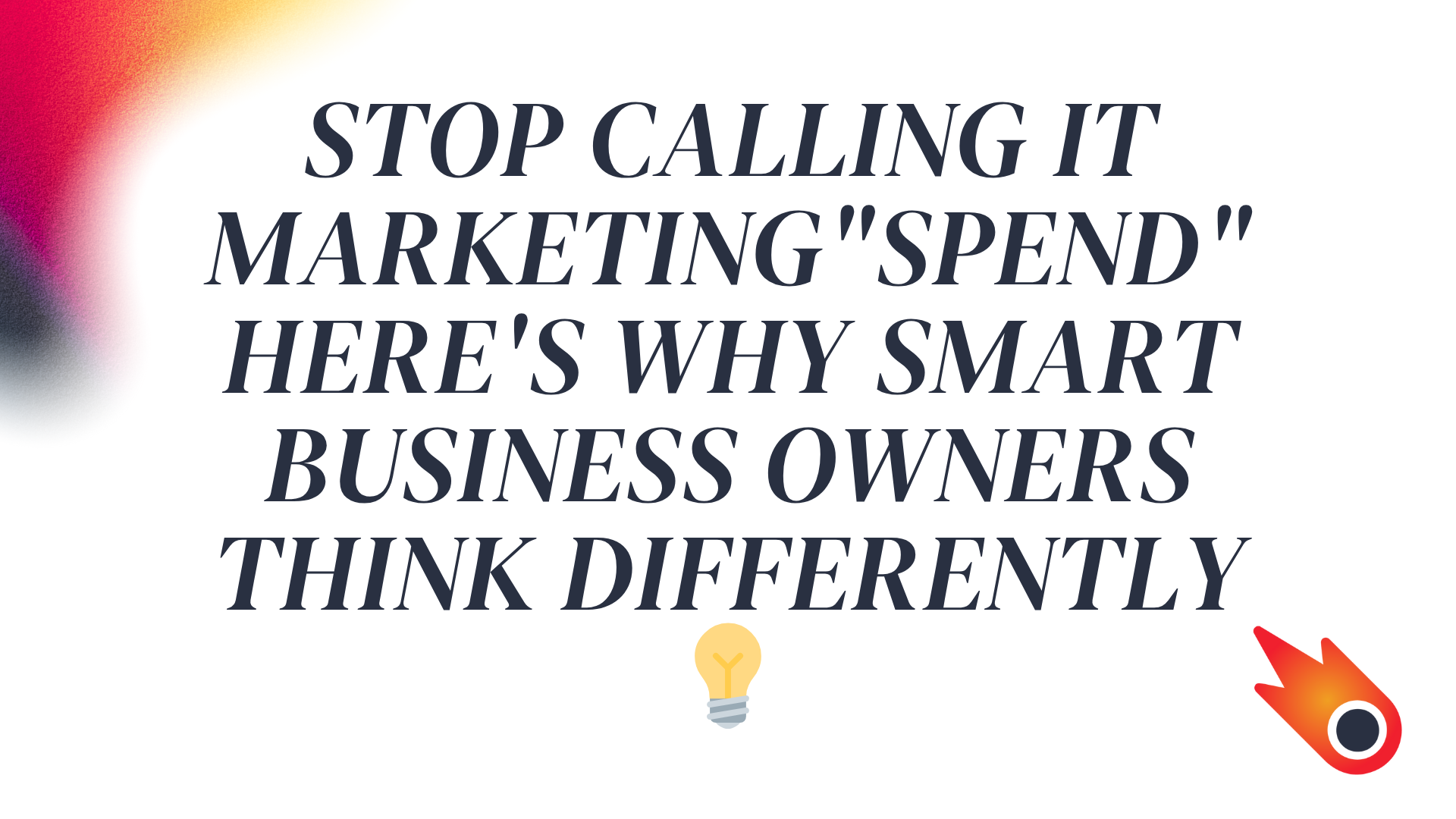
Marketing ROI: Why Smart Business Owners Treat Marketing as an Investment, Not an Expense
Published: July 25, 2025 | Reading Time: 8 minutes
Are you still asking "How much does marketing cost?" instead of "What's my marketing ROI?" If so, you're thinking about this all wrong—and it's costing you customers, revenue, and market share every single day.
Here's the hard truth: Marketing isn't an expense you minimize. It's an investment you optimize.
The businesses crushing it in 2025 understand this fundamental difference. While their competitors are cutting "marketing costs," smart business owners are doubling down on strategies that deliver measurable returns.
What's the Difference Between Marketing Expenses and Marketing Investments?
The Expense Mindset:
- Focuses on spending as little as possible
- Measures success by cost reduction
- Views marketing as money going out the door
- Cuts marketing budgets during tough times
- Expects immediate results or considers it a failure
The Investment Mindset:
- Focuses on maximizing return on investment (ROI)
- Measures success by revenue generated and customer acquisition
- Views marketing as capital deployed for growth
- Increases marketing investment during opportunities
- Understands that sustainable results take time to compound
The difference? One approach builds million-dollar businesses. The other keeps you stuck.
Why Most Small Businesses Get Marketing Investment Wrong
After working with 50+ property management companies and small businesses, we've identified the core problem: most business owners can't measure their marketing impact.
They throw money at Facebook ads, hope for the best, and when leads don't pour in immediately, they conclude "digital marketing doesn't work for our industry."
But here's what they're missing:
1. Investments Require Time to Mature
You don't plant a tree and expect fruit tomorrow. Similarly, SEO takes 3-6 months to show results, brand awareness builds over time, and customer lifetime value compounds with consistent touchpoints.
2. Investments Need Strategy, Not Hope
Random ad spending isn't investing—it's gambling. Successful marketing investment requires:
- Clear target audience definition
- Measurable goals and KPIs
- Multi-channel approach
- Consistent testing and optimization
3. Investments Must Be Measured
You can't optimize what you don't track. Without proper analytics, attribution, and ROI calculation, you're flying blind.
The Hidden Costs of Treating Marketing as an Expense
When you minimize marketing spend, you're actually making the most expensive mistake possible:
Lost Market Share: While you're cutting budgets, competitors are capturing your ideal customers. In property management, this means they're leasing units you could have filled.
Higher Customer Acquisition Costs: Inconsistent marketing means starting from zero repeatedly. Our data shows businesses with consistent marketing investment have 40% lower acquisition costs.
Reduced Brand Recognition: Without ongoing investment, your brand becomes invisible. When prospects need your services, they'll remember your competitors who stayed visible.
Stunted Growth: You can't cost-cut your way to growth. Eventually, you need to invest in reaching new customers.
How Top-Performing Businesses Approach Marketing Investment
The most successful clients we work with treat marketing like any other business investment:
1. They Set Clear ROI Expectations
Instead of hoping marketing works, they define success metrics:
- Target cost per lead (we typically achieve $116.61 or less)
- Desired conversion rates (our average: 2.47%+)
- Customer lifetime value goals
- Revenue attribution targets
2. They Diversify Their Marketing Portfolio
Like financial investments, smart marketers spread risk across multiple channels:
- Paid advertising for immediate lead generation
- SEO and content marketing for long-term organic growth
- Email marketing for nurturing and retention
- Social media for brand awareness and engagement
3. They Think Long-Term
They balance quick wins (Google Ads) with long-term value builders (SEO, content marketing, brand building).
4. They Reinvest Returns
When a campaign generates positive ROI, they reinvest profits into scaling what works and testing new opportunities.
The Marketing Investment Framework That Delivers Results
Here's the exact process we use with clients to shift from expense thinking to investment thinking:
Step 1: Implement Proper Tracking
- Set up Google Analytics 4 with conversion tracking
- Install Facebook Pixel and LinkedIn Insight Tag
- Create UTM parameters for all campaigns
- Establish clear attribution models
Step 2: Calculate True Marketing ROI
Don't just look at immediate sales. Factor in:
- Customer lifetime value
- Repeat purchase rates
- Referral value
- Brand equity building
ROI Formula: (Revenue Generated - Marketing Investment) / Marketing Investment × 100
Step 3: Set Investment Budgets Based on Goals
Instead of asking "How little can we spend?" ask:
- "What's our growth target for this quarter?"
- "How many new customers do we need?"
- "What's our target cost per acquisition?"
- "How much should we invest to achieve these goals?"
Step 4: Test, Measure, and Optimize
- A/B test ad creative, landing pages, and targeting
- Monitor performance weekly, not monthly
- Adjust budgets based on performance data
- Scale winning campaigns, pause underperformers
Real Marketing Investment Results: The Numbers Don't Lie
Here are actual results from clients who embraced the investment mindset:
Property Management Success Story:
- Investment: $3,000/month in digital marketing
- Result: $45,000 in new annual lease value within 6 months
- ROI: 1,500% (15:1 return)
- Ongoing Impact: 22% year-over-year leasing increase
Professional Services Firm:
- Investment: $2,500/month in content marketing and SEO
- Result: 280% increase in organic leads over 12 months
- Additional Benefit: 54% growth in organic Google search visibility
Small Business Owner:
- Investment: $1,500/month in targeted Google and Facebook ads
- Result: 40% reduction in customer acquisition cost while doubling monthly leads
- ROI: 300%+ within 90 days
These aren't expenses—they're investments that continue paying dividends month after month.
Common Marketing Investment Mistakes to Avoid
1. Underfunding Successful Campaigns
When something works, scale it. Don't cap budgets on profitable campaigns.
2. Expecting Overnight Results
SEO takes 3-6 months, brand building takes longer. Plan accordingly.
3. Not Tracking Customer Lifetime Value
A $200 customer acquisition cost is expensive if customers spend $300. It's cheap if they spend $3,000 over their lifetime.
4. Stopping Investment During Slow Periods
This is when your competitors pull back—the perfect time to gain market share.
How to Calculate Your Marketing Investment Budget
Use this formula to determine your optimal marketing investment:
Monthly Marketing Investment = (Monthly Revenue Goal - Current Monthly Revenue) ÷ Average ROI
For example:
- Current monthly revenue: $50,000
- Revenue goal: $75,000
- Historical marketing ROI: 5:1
- Recommended monthly investment: ($75,000 - $50,000) ÷ 5 = $5,000
The Bottom Line: Marketing Investment in 2025
Every day you delay investing in marketing is a day your competitors get ahead. Every dollar you don't invest in reaching your ideal customers is a dollar they're investing in reaching them first.
The question isn't whether you can afford to invest in marketing. The question is whether you can afford not to.
In 2025, the businesses that thrive will be those that understand this fundamental truth: marketing isn't a cost center—it's your primary growth engine.
Ready to Start Thinking Like an Investor?
If you're ready to stop treating marketing as an expense and start building it as an investment portfolio, we can help. At The iMPACT Agency, we specialize in helping property management companies and small businesses achieve measurable marketing ROI.
Our typical clients see:
- 15:1 return on marketing investment
- 40% reduction in customer acquisition costs
- 280% increase in qualified leads
- 22% year-over-year revenue growth
Book a free discovery call to discuss your marketing investment strategy, or download our free Digital Marketing ROI Calculator to see your potential returns.
Ready to turn your marketing spend into marketing investment? Let's talk.



